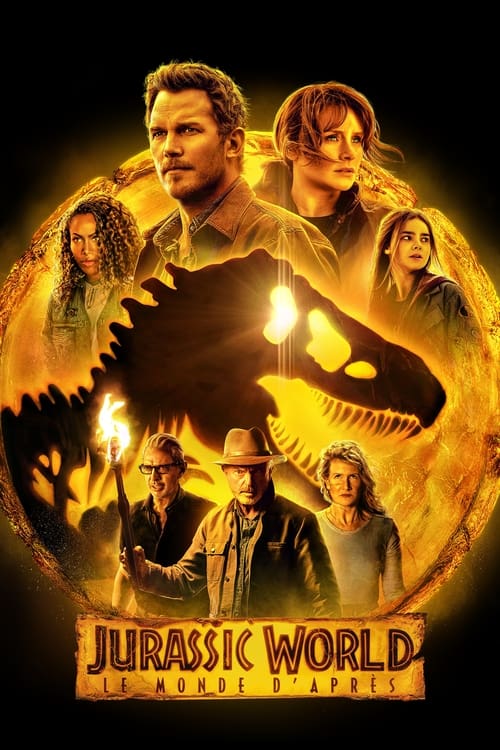
Most VHS tapes would play them at the beginning of the tape, but some VHS tapes contained previews at the end of the film or at both ends of the tape. Many home videos contain trailers for other movies produced by the same company scheduled to be available shortly after the legal release of the video, so as not to spend money advertising the videos on TV. Ģ013 trailer for The Wolverine by 20th Century Fox

Strangelove trailer, as well as the award-winning trailer for A Clockwork Orange ( 1971). Pablo Ferro, who pioneered the techniques Kubrick required as necessary elements for the success of his campaign, created the Dr.

Strangelove trailer was the short film Very Nice, Very Nice ( 1961) by Canadian film visionary Arthur Lipsett. Strangelove or: How I Learned to Stop Worrying and Love the Bomb ( 1964), and 2001: A Space Odyssey ( 1968). Among the trend setters were Stanley Kubrick with his montage trailers for Lolita ( 1962), Dr. Textless, montage trailers and quick-editing became popular, largely due to the arrival of the New Hollywood and techniques that were becoming increasingly popular in television. In the early 1960s, the face of motion picture trailers changed. Most trailers had some form of narration, and those that did featured stentorian voices. Until the late 1950s, trailers were mostly created by National Screen Service and consisted of various key scenes from the film being advertised, often augmented with large, descriptive text describing the story, and an underscore generally pulled from studio music libraries. Today, more elaborate trailers and commercial advertisements have largely replaced other forms of pre-feature entertainment, and in major multiplex chains, about the first 20 minutes after the posted showtime is devoted to trailers.
Youtube filmy lektor serial#
Later, exhibitors changed their practice so that trailers were only one part of the film program, which included cartoon shorts, newsreels, and serial adventure episodes.

This practice was found to be somewhat ineffective, often ignored by audiences who left immediately after the film.

ĭue to trailers initially being shown after, or "trailing", the feature film, the term "trailer" was used to describe the promotion despite it coming before, or "previewing", the film it was promoting. Granlund was also first to introduce trailer material for an upcoming motion picture, using a slide technique to promote an upcoming film featuring Charlie Chaplin at Loew's Seventh Avenue Theatre in Harlem in 1914. As reported in a wire service story carried by the Lincoln, Nebraska Daily Star, the practice which Loew adopted was described as "an entirely new and unique stunt", and that "moving pictures of the rehearsals and other incidents connected with the production will be sent out in advance of the show, to be presented to the Loew's picture houses and will take the place of much of the bill board advertising". The first trailer shown in an American film theater was in November 1913, when Nils Granlund, the advertising manager for the Marcus Loew theater chain, produced a short promotional film for the musical The Pleasure Seekers, opening at the Winter Garden Theatre on Broadway.


 0 kommentar(er)
0 kommentar(er)
